Last Friday, I was on Bill Meyer’s Radio Show discussing the KBRA/KHSA agreements. Bill asked Klamath County Commissioner Tom Mallams, former Shasta Nation Vice Chairman Gary Lake, and myself to provide insight to the apparent support for dam removal from Oregon’s only Republican House member Greg Walden.
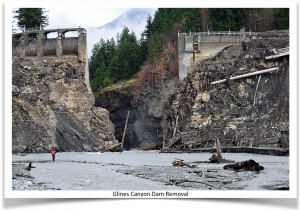 Unfortunately for Rep. Walden, he can’t have it both ways. He can’t pretend to work for rural American values while flushing our property rights and precious fresh-water resources into the Salty Pacific.
Unfortunately for Rep. Walden, he can’t have it both ways. He can’t pretend to work for rural American values while flushing our property rights and precious fresh-water resources into the Salty Pacific.
Not only does the KBRA and KHSA take water resources from Klamath and Siskiyou counties and the Rogue Valley, but it sets precedence throughout the United States. These measures, if successful, will instruct others on how to successfully use political power to transfer private wealth into collective interests’ pockets. The KBRA/KHSA represents the classic “Divide and Conquer” paradigm: tribes against agriculture, project irrigators against non-project irrigators, wind and solar interests against ratepayers, business cronyism against taxpayers, and finally, the Endangered Species Act against the rest of us.
These agreements are bad for property owners, ratepayers, and taxpayers. They may result in a tidal wave of dam removal efforts across the US, because they ignore facts and propose feel-good measures that can’t possibly achieve their utopian goals.
20 Reasons Why the KBRA/KHSA Does Not Work
- Ratepayers will pay in excess of $1 billion to remove the private assets of PacifiCorp, a subsidiary of Warren Buffet’s Berkshire Hathaway investment empire.
- Ratepayers will pay unknown costs for replacing the 155 megawatts of cheap, clean, renewable hydro-power electricity with other more expensive forms of energy.
- The Department of the Interior has recently offered to transfer nearly 100,000 acres (156 mi.2) of the Fremont-Winema National Forest back to tribal ownership. The Fremont-Winema National Forest was originally created following the termination of federal recognition of and government services to the Klamath Tribes. The 1954 Klamath Termination Act also paid $41,000 to each of the 1,659 enrolled tribal members (68 Stat. 718). In current dollar terms this would equate to $362,667.10 for each of those tribal members. This would be the equivalent of transferring more than $601 million (current dollars) for the creation of the Fremont-Winema forest.
- The dams are at an elevation which is 2,500 feet lower than Klamath’s agricultural basin. The dams are also between 50 and 60 miles downstream from the Klamath agricultural community’s interests. Because of these two facts, anyone can see that Klamath Basin Agriculture has no explicit need for the dams, in or out. The farmers in the Klamath Basin have signed on to this agreement in an effort to preserve their established water-rights which were diminished through the preposterous twisting of administrative water regulation by the State of Oregon.
- The agreements do not re-establish agricultural water rights for farmers. The agreements only propose that tribes will not fully exercise their new-found water rights. This is the meaning of the phrase, “water-certainty,” within the agreements. No guarantees of water delivery are explicitly identified.
- The water delivery schedule still has a descending priority. First, to fish, second to the environment, and lastly, to agriculture. Water deliveries are still subject to tribal calls on the water, new endangered species mitigation, new biological opinions regarding current mitigation, and revised regulatory decisions about allocations to existing uses.
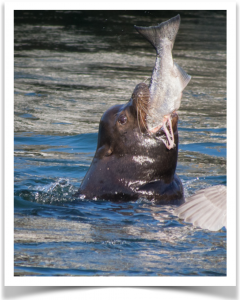 The Biological Opinions used for determining water requirements for endangered or threatened species run contrary to scientific evidence. The complex eco-system for maintaining flows and lake levels can be better accomplished with dams left in place. Otherwise, we risk creating a fishy version of the Barred Owl against the Spotted Owl, or the Pacific salmon verses the Harbor Seal in the Northwest. Which of these identified species will win the crown: Lost River Suckers, Shortnose Suckers, Redband Trout, Steelhead, Chinook or Coho salmon? Destroying the dams can’t possibly resolve the conflicting priorities across competing species.
The Biological Opinions used for determining water requirements for endangered or threatened species run contrary to scientific evidence. The complex eco-system for maintaining flows and lake levels can be better accomplished with dams left in place. Otherwise, we risk creating a fishy version of the Barred Owl against the Spotted Owl, or the Pacific salmon verses the Harbor Seal in the Northwest. Which of these identified species will win the crown: Lost River Suckers, Shortnose Suckers, Redband Trout, Steelhead, Chinook or Coho salmon? Destroying the dams can’t possibly resolve the conflicting priorities across competing species.- Economic viability of agricultural enterprises will be continually undermined in favor of land idling (using tax-dollars to buy idleness from farmers), out-right bankruptcies, fire sales to environmental or land conservation groups, while leaving the land to its original non-irrigated, pre-historic, high-dessert uses.
- Recent year salmon fish counts far exceed (by 100%) any recorded salmon counts from pre-dam construction years.
- Cool, voluminous water flows are good for fish and wildlife habitat. Non-seasonal water leveling and flow management can only be provided with dam infrastructure in place.
- The dams act as giant settling ponds, removing algae and tons of deadly toxins and other sedimentation which would otherwise foul the river system.
- Without the dams in place the Bureau of Reclamation (BOR) will be stripped of necessary tools (i.e., river pulsing and flushing) for managing water quality and fish disease outbreaks.
- Destroying the dam infrastructures clearly violates the Clean Water Act. Does the problem disappear because there is an “exceptional discharge exemption?” No. It just becomes legal. Using this logic, regulating agencies could argue that a waiver was the only thing needed to appease the people living in the Animus River basin, where the EPA recently dumped 3 million gallons of toxic chemical waste.
- The “exceptional discharge exemption” focuses only on calculations for tons of concrete and rebar debris. However, there is no plan for managing the estimated 22.6 million tons of toxic sediment that is currently stored behind the existing dams. This volume is 1000 times more than the toxic Animus river discharge.
- Allowing federal contractors to poison downstream aquatic life and salmon spawning beds will create harmful conditions that may take decades to resolve.
- Before any studies were completed, the Federal Energy Regulatory Commission stated that there was nothing PacifiCorp could do to get the dams re-licensed. This is the type of agenda-driven overreach that mimics the EPA’s predetermined rejection of the Pebble Basin Mine in Alaska.
- The “stakeholder” group was created through political, agenda-driven motives by Oregon’s disgraced former Gov. John Kitzhaber. Environmental special interest groups were deemed “stakeholders” with standing, exceeding the rights of private property owners and water right holders.
- Private property rights, in the form of water right holdings, become uncompensated “takings” under the agreements.
- The destruction of water and river front property value is a clear, unjustified and uncompensated “taking” of private property.
- Public disclosures regarding the total costs to ratepayers and taxpayers is incomplete and disingenuous.
The KBRA and the KHSA agreements would be enormously expensive. There is no budget for this money, so it must be borrowed from our children’s futures. Will these untapped natural river resources provide our posterity with the means for servicing this debt? Do these expenses solve the real problems? Can these costs be justified?
Oregon’s only Republican House member, Rep. Walden ought to listen to his conservative peers, like Rep. Tom McClintock (R-CA) instead of following in the footsteps of our states far-left, progressive liberals, Sen. Wyden (D-OR), Sen. Merkley (D-OR), Rep. DeFazio (D), et al.
In November of 2011, Rep. McClintock, gave his summary of the poorly engineered KBRA/KHSA agreements:
“Amidst spiraling electricity prices and chronic electricity shortages the effort to tear down four perfectly good hydroelectric dams at enormous cost to ratepayers and taxpayers is insane. These dams produce up to 155 megawatts of the cleanest and cheapest electricity on the planet – enough for 155,000 homes.
“Proponents say it is necessary to tear down the dams to help increase the salmon population, and yet we did that a long time ago by building fish hatcheries. The problem is that hatchery fish are not included in the population count. And to add insult to insanity, if the Iron Gate Dam is torn out, the result will be loss of water needed to operate the Iron Gate Fish Hatchery, which produces five million salmon smolts every year.
“Fortunately, congressional approval is necessary to move forward. The full House voted earlier this year against proceeding with the Klamath dam removal. That [2011] precedent, and a $13 trillion national debt {now, $20 trillion] speak volumes on the chances of this legislation passing in the House over the next year.”
What was true then, is true today. That’s the nature of truth, it doesn’t change with the tide.
“The American farmer is in a situation today that can be solved. The solution is not one of governmental policies that create short-term “fixes” for the farmer. The best method to let the farmer prosper is the same solution that would let the other parts of the economy prosper. Government must remove the burdens placed upon the individual. The individual must be allowed to compete on an equal basis to become competitive with his peers.”
—Edgar Terry, a fourth-generation farmer in Ventura, California
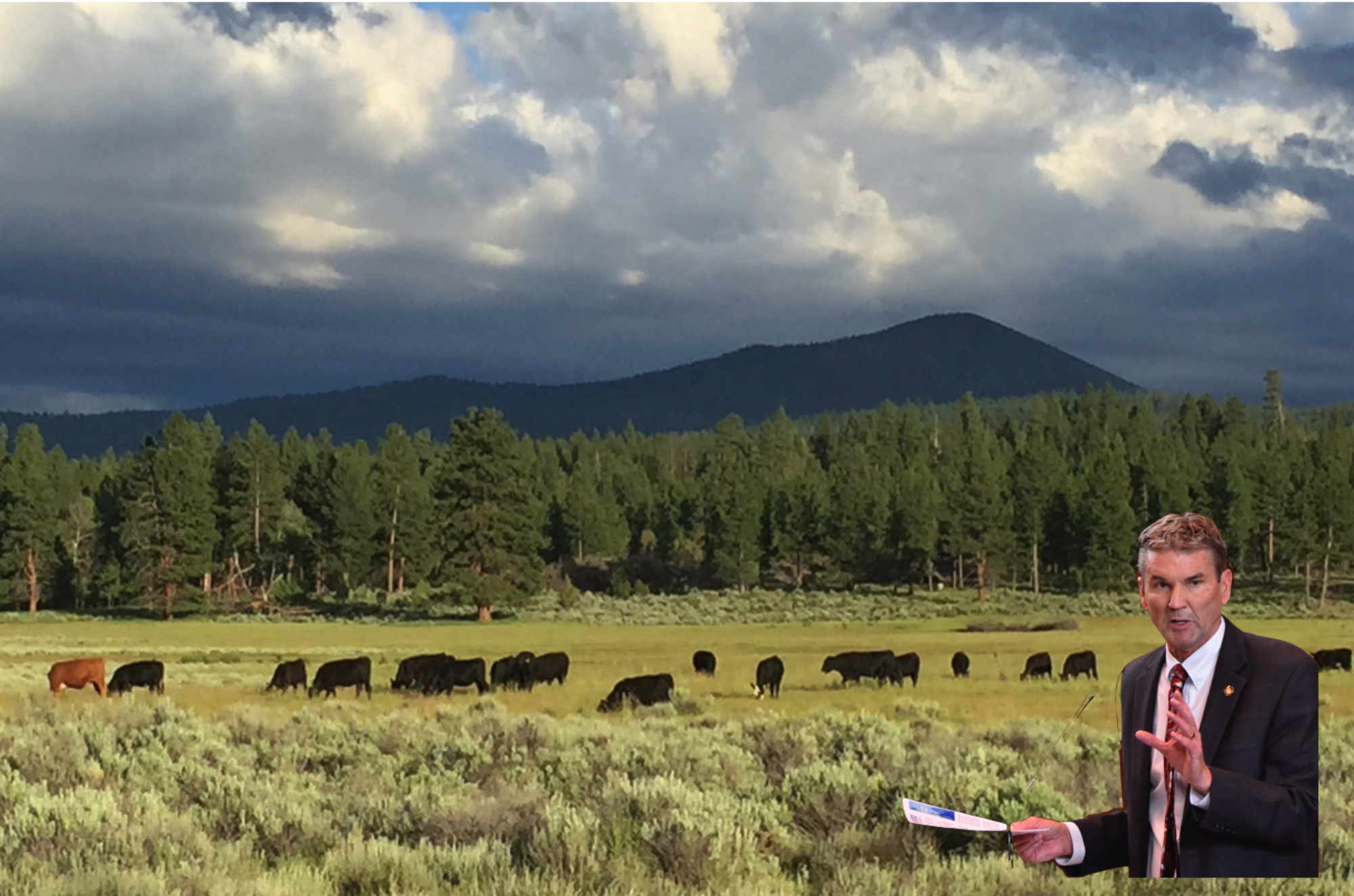
 Notorious crime and violence are typically experienced in the midst of war. We are accustomed to seeing images of it in Iraq, Iran, Afghanistan and Syria. Many Americans dealt with it in Vietnam, and Korea and our parents experienced it first-hand during World War II.
Notorious crime and violence are typically experienced in the midst of war. We are accustomed to seeing images of it in Iraq, Iran, Afghanistan and Syria. Many Americans dealt with it in Vietnam, and Korea and our parents experienced it first-hand during World War II. Worse, this is nothing more than an attempt to transfer the blame from his son to the firearm. President Obama, always being hungry for warped rhetoric, latched onto that idea like a pigeon gobbling French fries off the sidewalk.
Worse, this is nothing more than an attempt to transfer the blame from his son to the firearm. President Obama, always being hungry for warped rhetoric, latched onto that idea like a pigeon gobbling French fries off the sidewalk.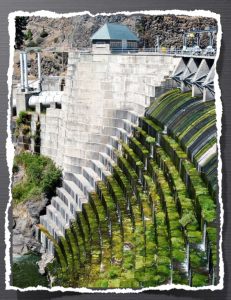 Currently, a grossly misguided dam removal agenda is sweeping across the US. In my backyard, Klamath County, Oregon we have a classic example. So-called stakeholders want politicians to give agriculture subsidized energy, give tribal interests 100,000 acres of US forest land while detonating 4 hydroelectric dams and giving the bill to taxpayers and utility rate payers. The dams are located in Southern Oregon and Northern California and the agreements forged by this cabal are known as the Klamath Basin Restoration Agreements (KBRA).
Currently, a grossly misguided dam removal agenda is sweeping across the US. In my backyard, Klamath County, Oregon we have a classic example. So-called stakeholders want politicians to give agriculture subsidized energy, give tribal interests 100,000 acres of US forest land while detonating 4 hydroelectric dams and giving the bill to taxpayers and utility rate payers. The dams are located in Southern Oregon and Northern California and the agreements forged by this cabal are known as the Klamath Basin Restoration Agreements (KBRA). The trap is set; the spring is loaded; the stories are flooding through the media. Will any of us be clever enough to get some stale peanut butter, or moldy cheese without the trap snapping shut?
The trap is set; the spring is loaded; the stories are flooding through the media. Will any of us be clever enough to get some stale peanut butter, or moldy cheese without the trap snapping shut?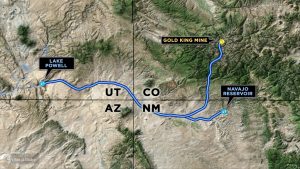
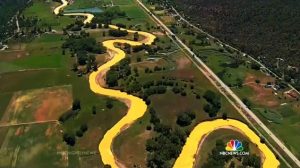
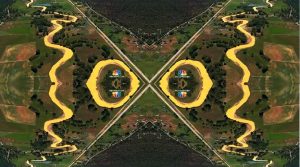 arises. It means throwing Democrats out of office if they continually promote Socialism and the destruction of the American traditions – free-enterprise, individual liberty and personal responsibility.
arises. It means throwing Democrats out of office if they continually promote Socialism and the destruction of the American traditions – free-enterprise, individual liberty and personal responsibility. “From the moment of conception, the unborn has a human nature. That he cannot yet speak, reason, or perform personal acts means only that he cannot yet function to the degree we can, not that he lacks the essential nature that makes those functions possible in the first place.”
“From the moment of conception, the unborn has a human nature. That he cannot yet speak, reason, or perform personal acts means only that he cannot yet function to the degree we can, not that he lacks the essential nature that makes those functions possible in the first place.”  Obviously not.
Obviously not. handicapped or have not yet reached their full developmental potential?
handicapped or have not yet reached their full developmental potential? There are so many beautiful things, so many simple things, about her life. Her utter dependence on her Mom and Dad, even though she was born in a different state, to a different birth-mother and birth-father. It is incredible to realize that this little girl has not yet grown into a full, trusting awareness of her parents.
There are so many beautiful things, so many simple things, about her life. Her utter dependence on her Mom and Dad, even though she was born in a different state, to a different birth-mother and birth-father. It is incredible to realize that this little girl has not yet grown into a full, trusting awareness of her parents.
 President Obama has both eyes focused on completing his “fundamental transformation” of America. As a statist, he believes in the power and authority of the government to regulate and control every aspect of our lives.
President Obama has both eyes focused on completing his “fundamental transformation” of America. As a statist, he believes in the power and authority of the government to regulate and control every aspect of our lives.





 ideas they like and the other the things they don’t like. However, the two buckets aren’t labeled ‘Likes’ and ‘Dis-likes.’ Oddly enough, one bucket is labeled ‘Constitutional’ and the other is labeled ‘Unconstitutional.’
ideas they like and the other the things they don’t like. However, the two buckets aren’t labeled ‘Likes’ and ‘Dis-likes.’ Oddly enough, one bucket is labeled ‘Constitutional’ and the other is labeled ‘Unconstitutional.’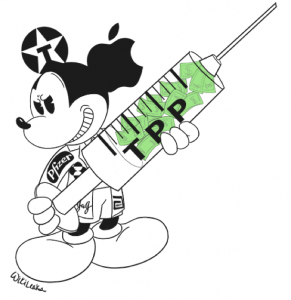 Secrecy breeds corruption and tyranny, while openness and transparency breed Liberty. Especially in matters of governance.
Secrecy breeds corruption and tyranny, while openness and transparency breed Liberty. Especially in matters of governance.